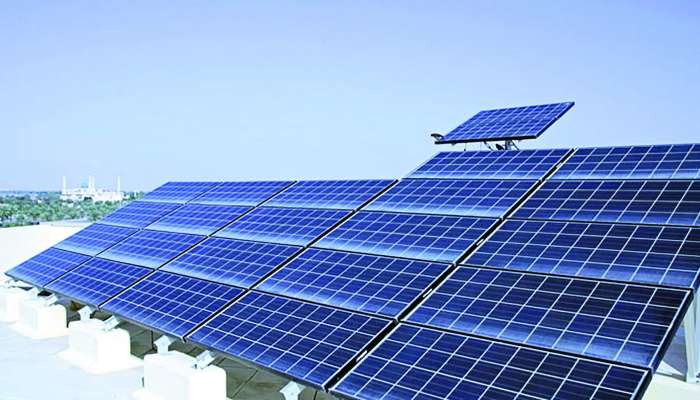
Muscat: Using renewable energy to generate electricity reduces pollution in residential areas, says an expert.
Prof. Dr. Jabar H. Yousif, Associate Professor at the Faculty of Computing and Information Technology at Sohar University, said: “Using renewable energy to generate electricity helps secure energy sources, reduces pollution in residential areas, and generates clean energy at low cost. Many environmental factors, such as dust and temperature, affect the performance of solar photovoltaics (PV).”
He said that three photovoltaic technologies were studied and experimentally analysed (mono, poly, and flexible monocrystalline) to determine the influence of dust and thermal energy on photovoltaic behaviour in this research project.
“Furthermore, a benchmark neural network was designed to test the effects of dust and temperature on the PV power production of six PV modules installed at Sohar University in Oman,” he said.
A hybrid Artificial Neural Networks models for analysing the impact of weather conditions and air pollutant deposition on solar energy system efficiency in Oman was studied by Prof. Dr. Jabar.
The innovative research projects funded by the Block Funding Programme of the Ministry of Higher Education, Research and Innovation.
Prof. Jabar elaborated that this project used three pairs of PV modules (one was cleaned daily, and the other was kept dusty for 30 days). The photovoltaic energy production performance of the three Photovoltaic modules was evaluated and examined, which showed 30.24%, 28.94%, and 36.21%, efficiency respectively.
“It was noted that dust reduces solar radiation reaching the photovoltaic unit, which reduces the efficiency of energy production and temperature,” he said.
Prof. Jabar mentioned that the research project explained that dust reduces energy production performance of photovoltaic units by about 1%.
The project proposed mathematical models to predict the future production of energy cells using neural networks and evaluated their performance compared to practical models using various indicators.
The results showed that the accuracy of predicting the capacity of the six photovoltaic modules was great, reaching about 97%.
As for the main findings of the study, the research project determined the best weather conditions for implementing the PV systems in hot states in Oman, and produced simulation design tools, methodologies, and Mathematical Prediction Models, which could be used in further related studies.
The research project has also helped the decision-makers calculate the average time of renewable energy production and compare it with the consumption rate required over time, implemented the sensitivity analysis for determining a PV module’s significant factors that increase efficiency and production, and raised the issues of preserving the country’s renewable energy resources and monitoring some negative impacts on its performance, like humidity, dust, and temperature.
The project demonstrated mathematically and experimentally that dust accumulation affects monocrystalline panels more than other technologies (polycrystalline modules and flexible PV modules).
Therefore, Prof. Jabar recommended cleaning photovoltaic modules regularly to avoid low power. This study was published in several high-impact factor journals such as Elsevier and MDPI.
The research team consisted of Associate Prof. Dr. Jabar H. Yousif, as the principal investigator, and Prof. Dr. Hussein A. Kazem, as the co-principal investigator.